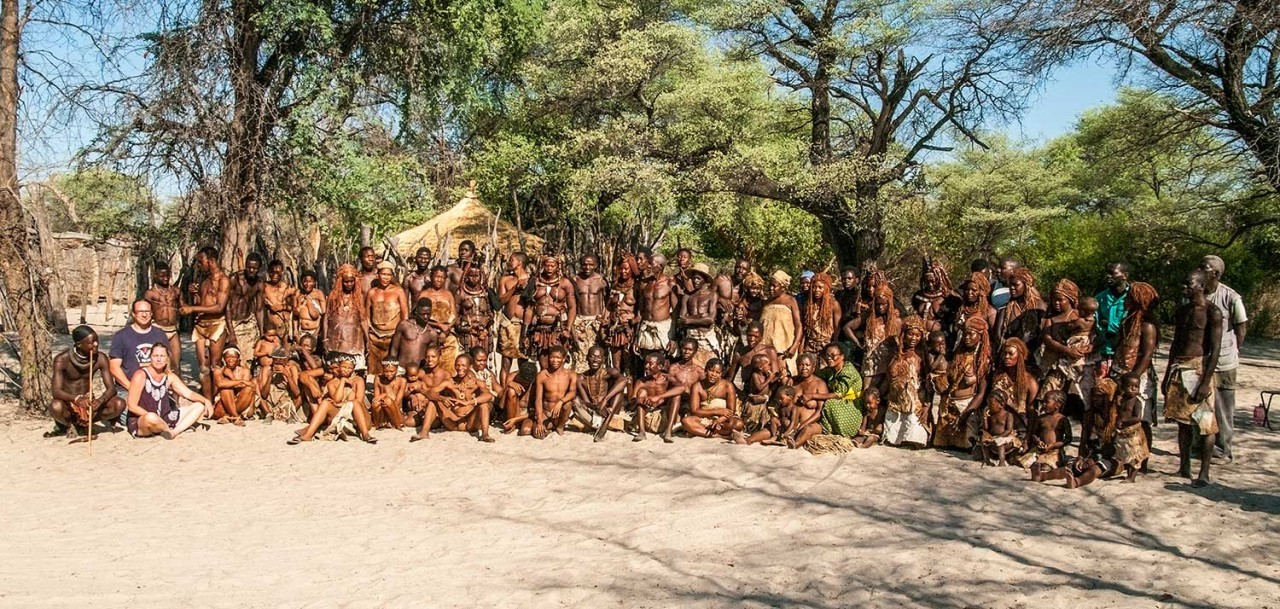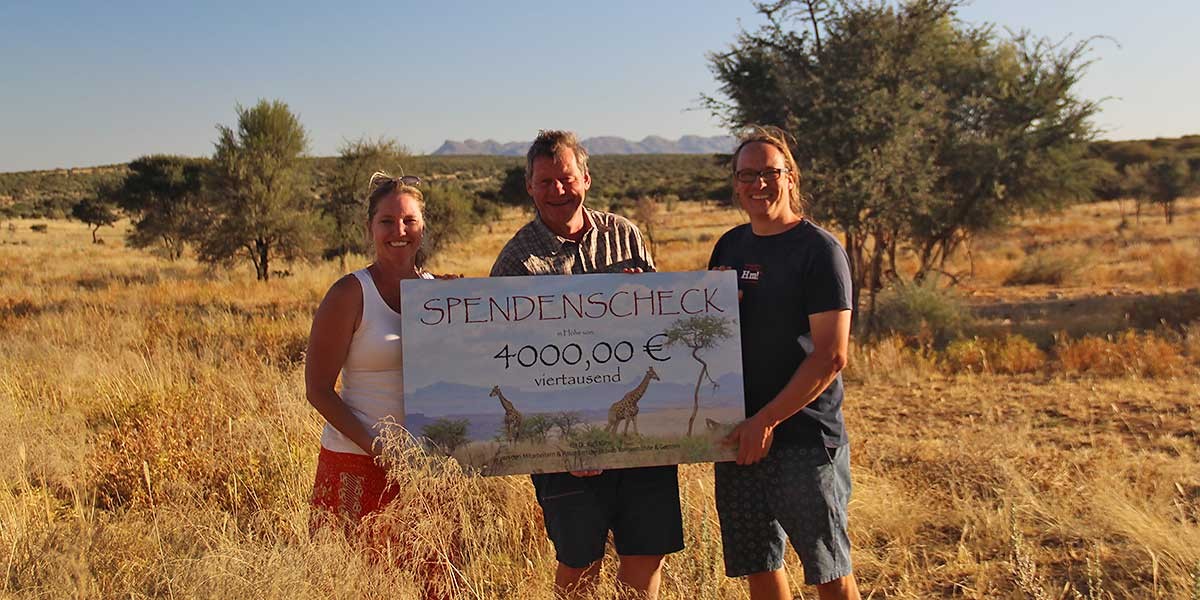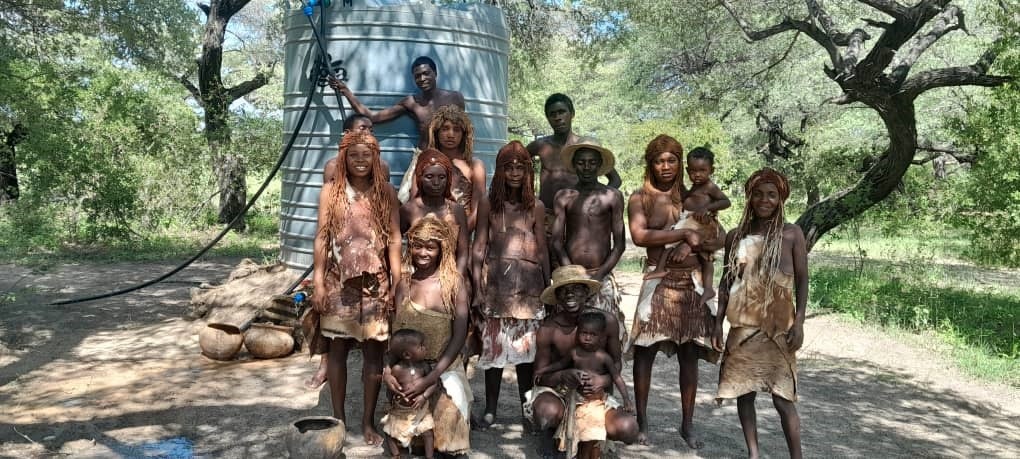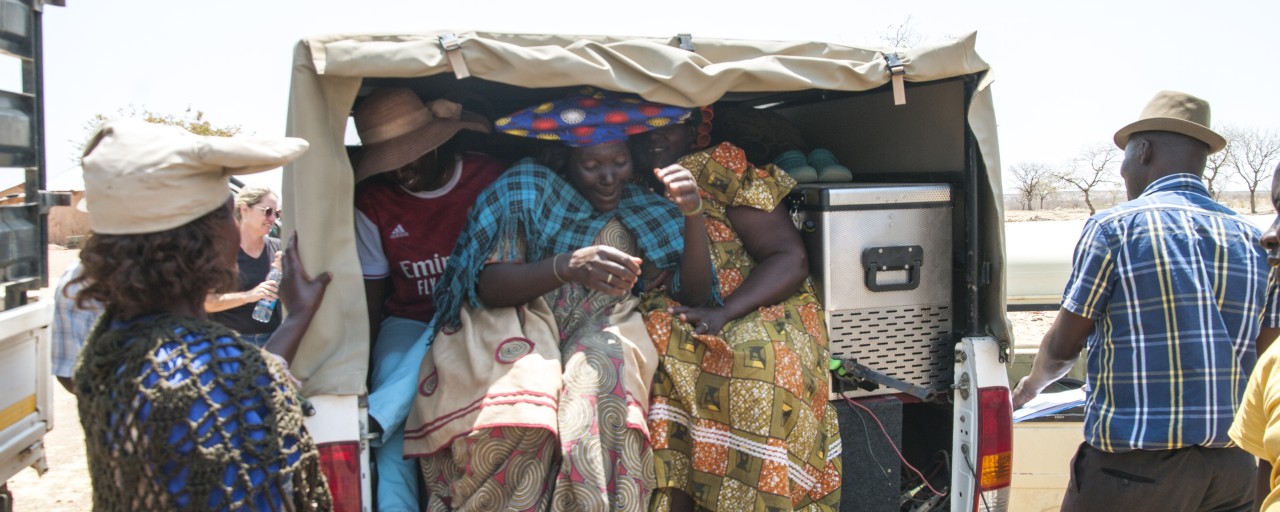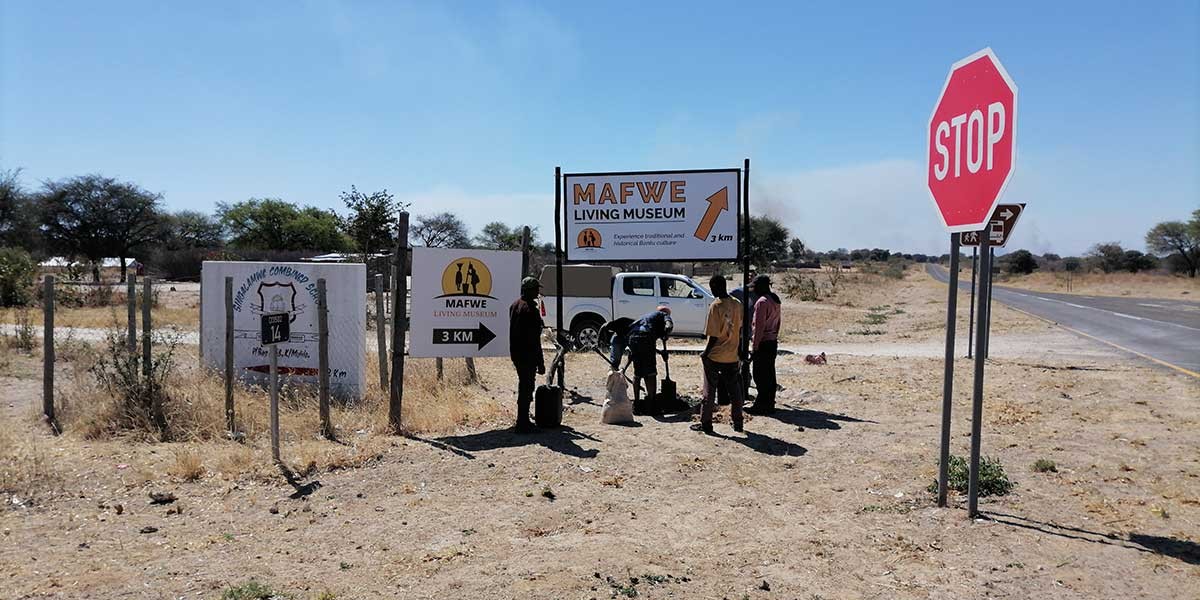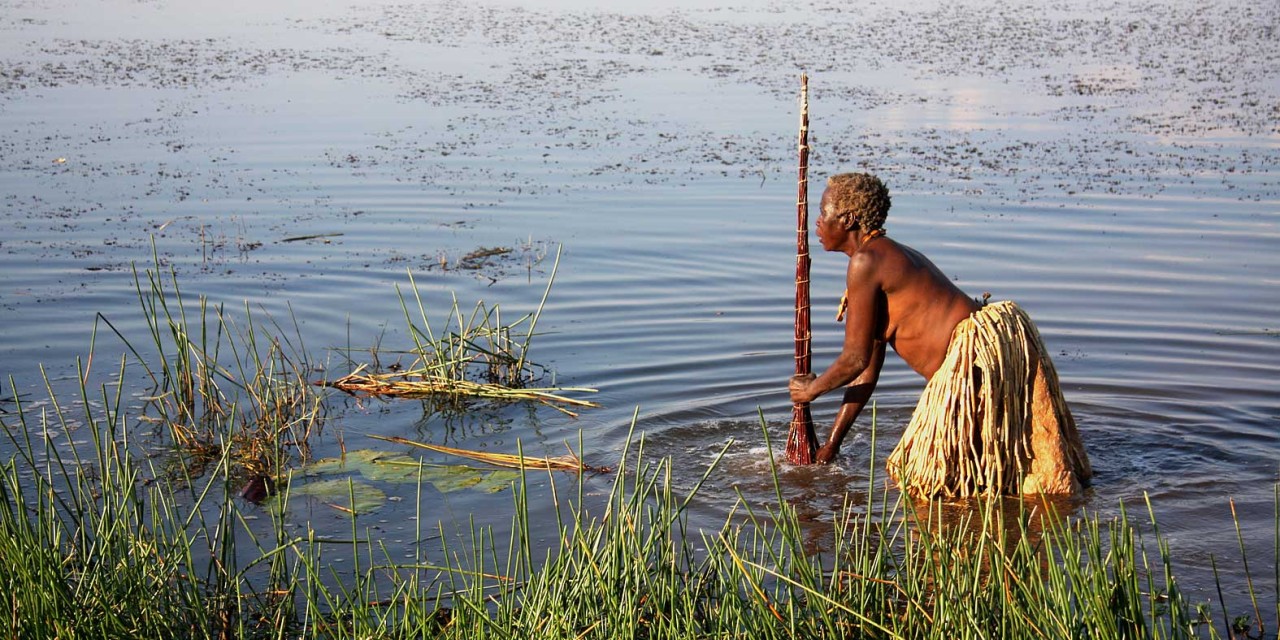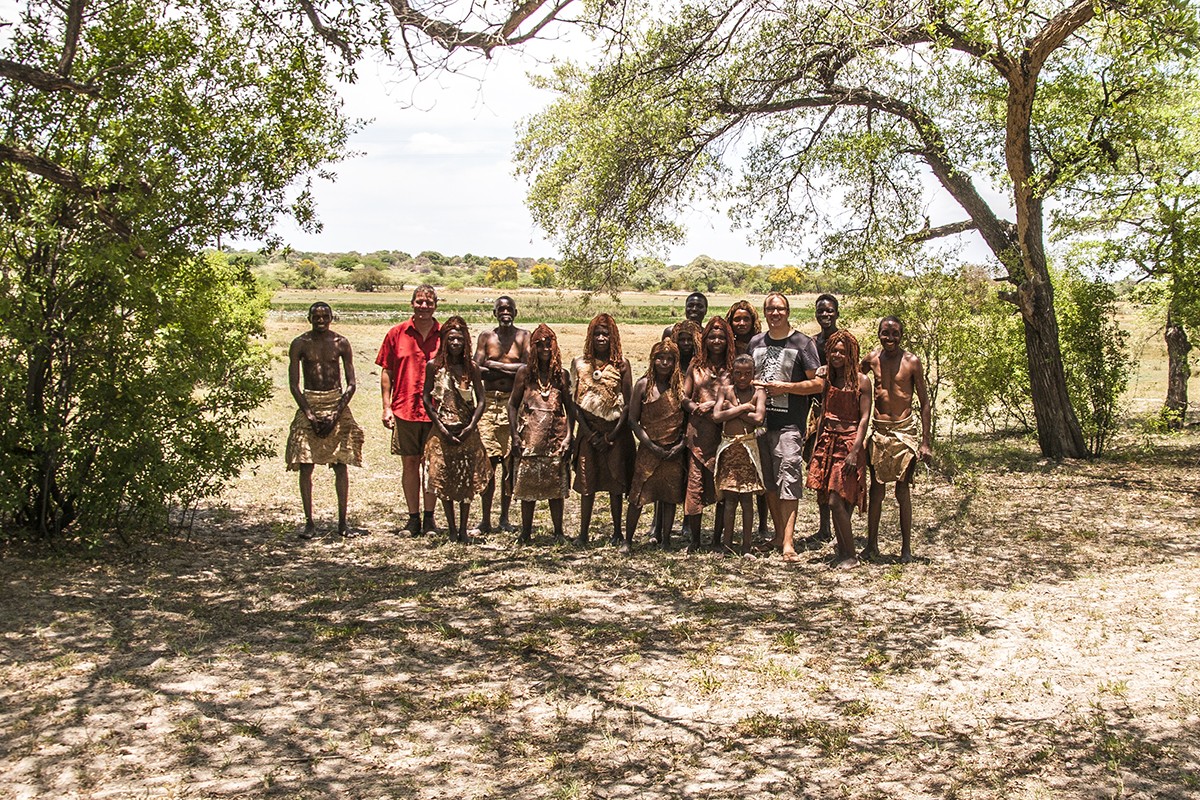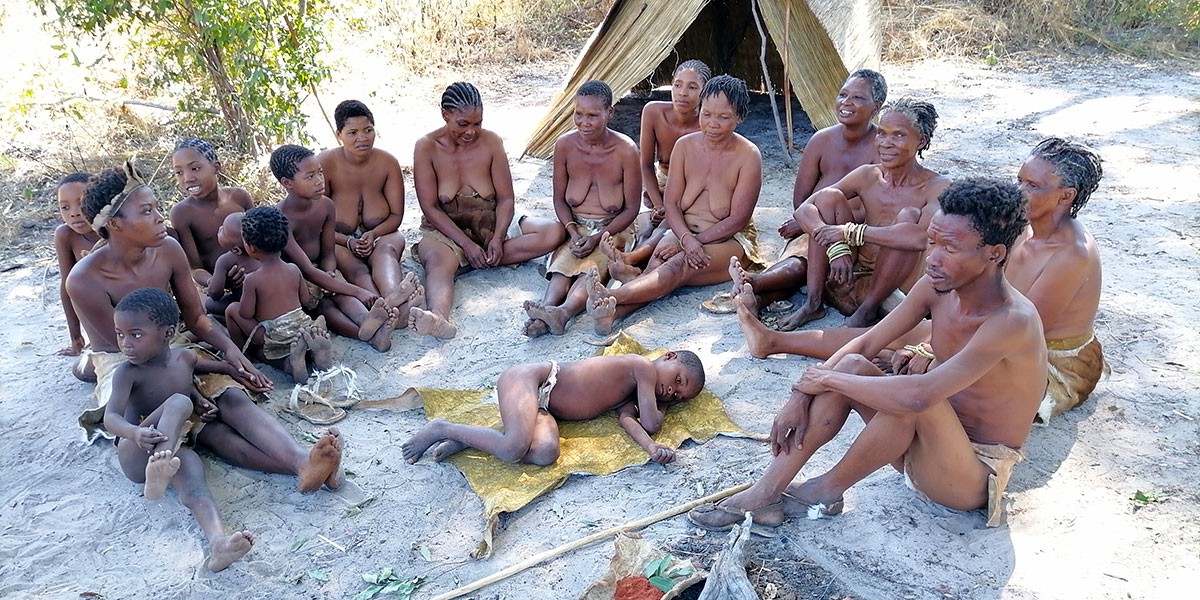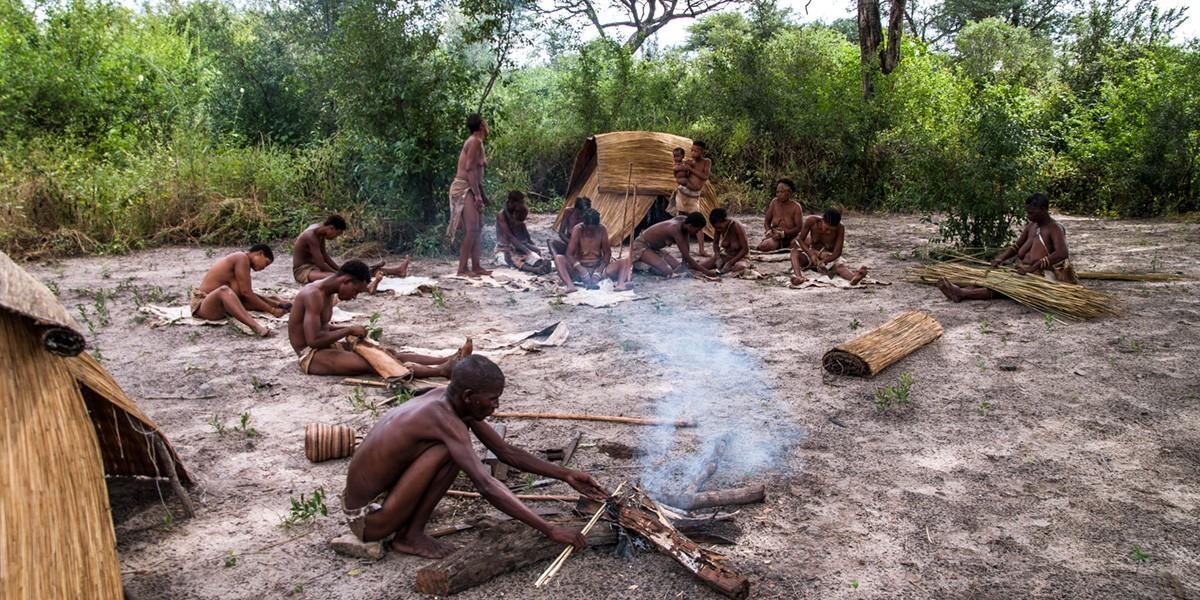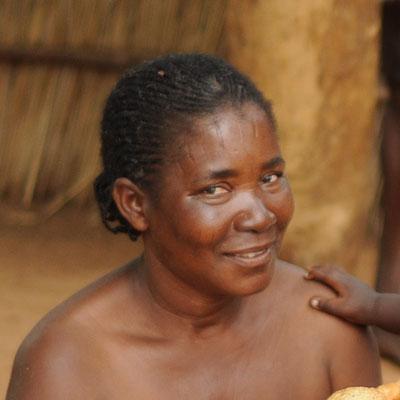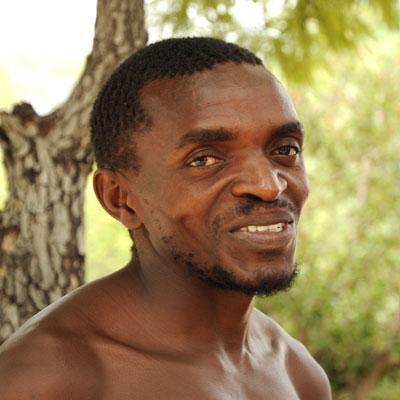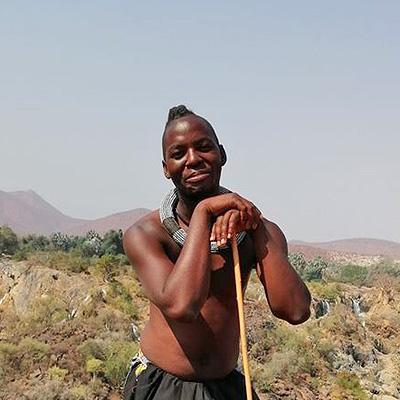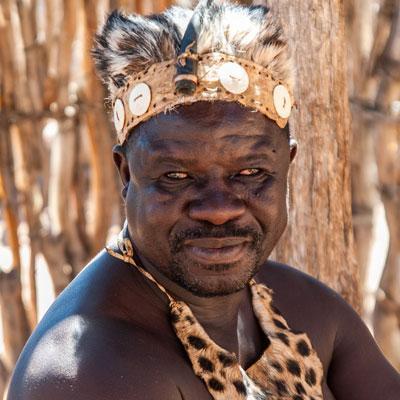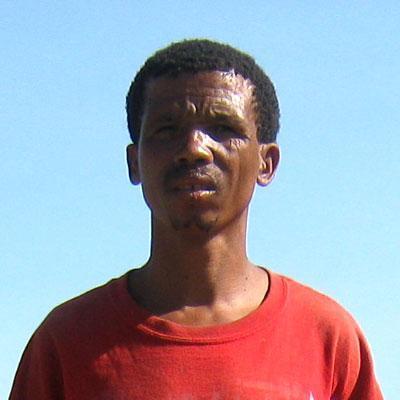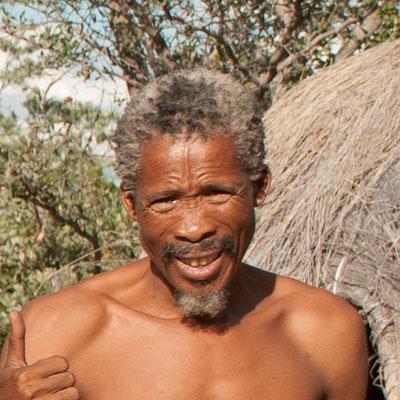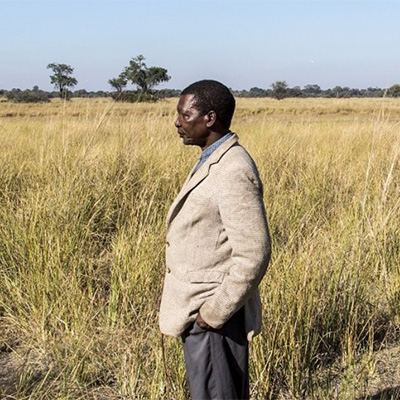During the last project tour, the idea of a traditional workshop at the Mbunza Living Museum came about. The aim of the workshop was to improve traditional craft techniques that originally played a role in the respective traditional cultures and are now demonstrated in the living museums, as well as to relearn lost techniques. Furthermore, the workshop should also contribute to intercultural exchange. It was the first time that members from all seven Living Museums came together.
Fascinating culture of the San




















